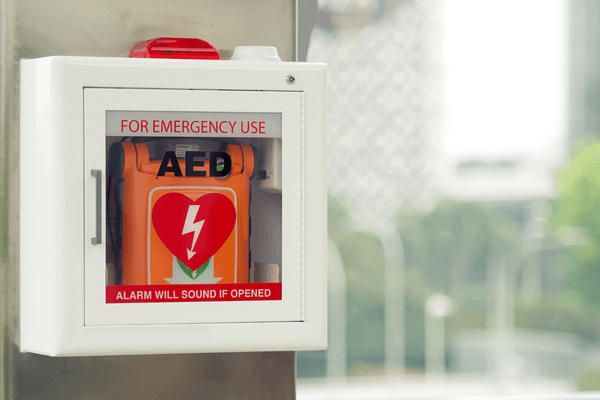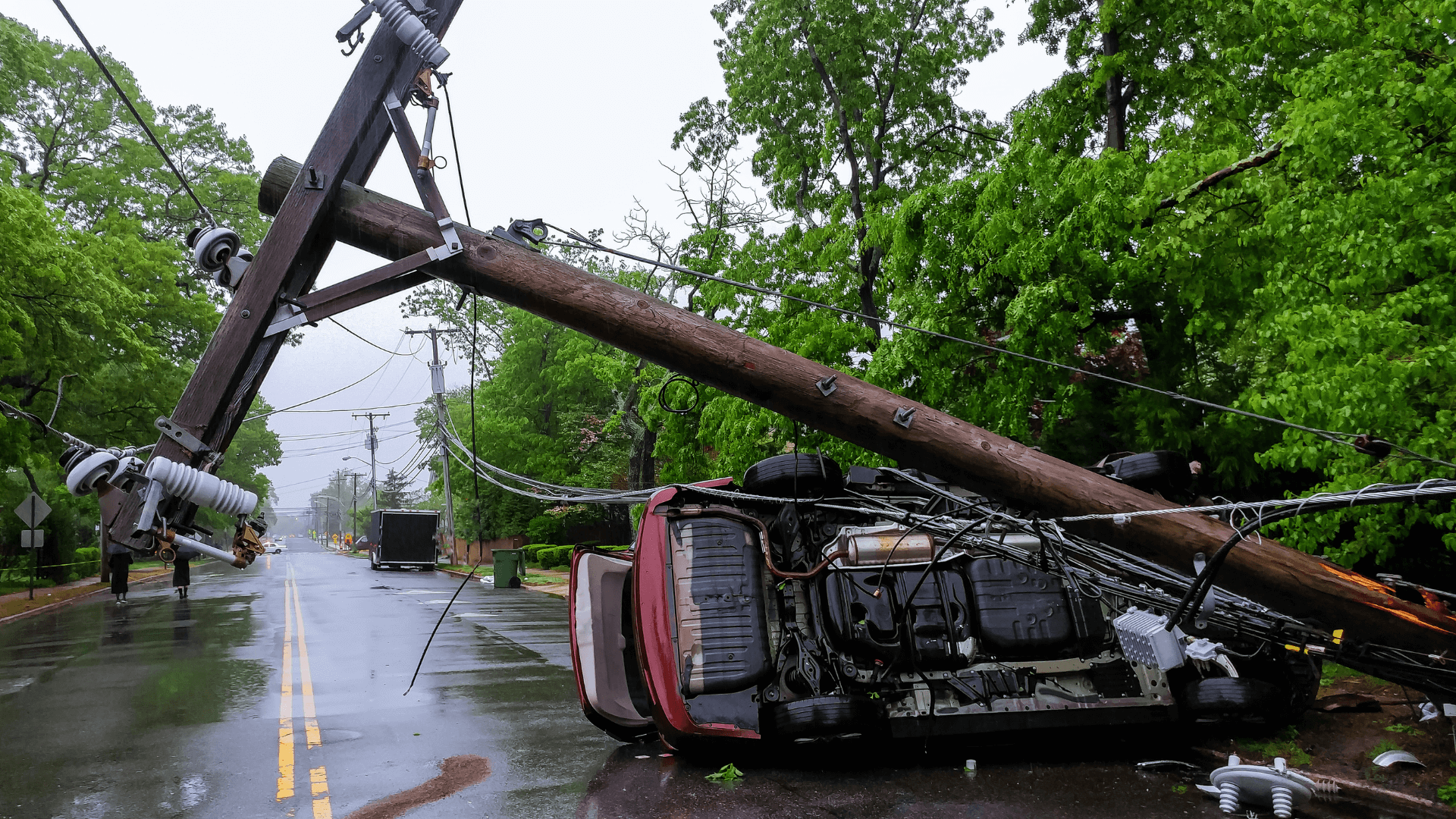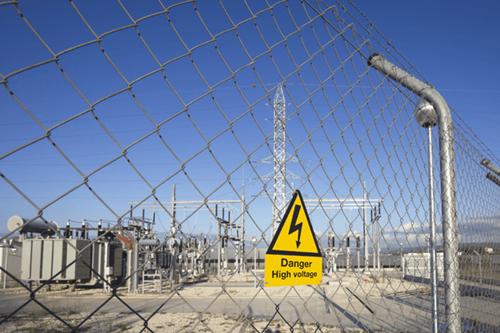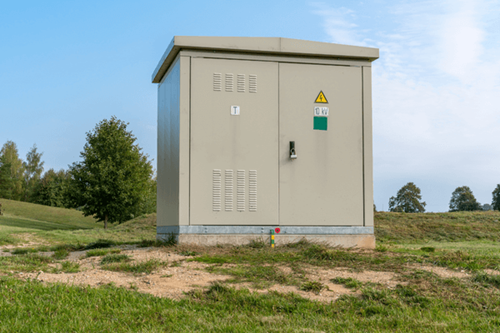What’s the risk?
When a car crashes into a power pole, the likelihood of fallen wires or dislodgement of other electrical assets is high. Electricity is invisible - you can’t see it. This presents a challenge to Emergency Services to identify if the vehicle or the ground around the accident has become energised.
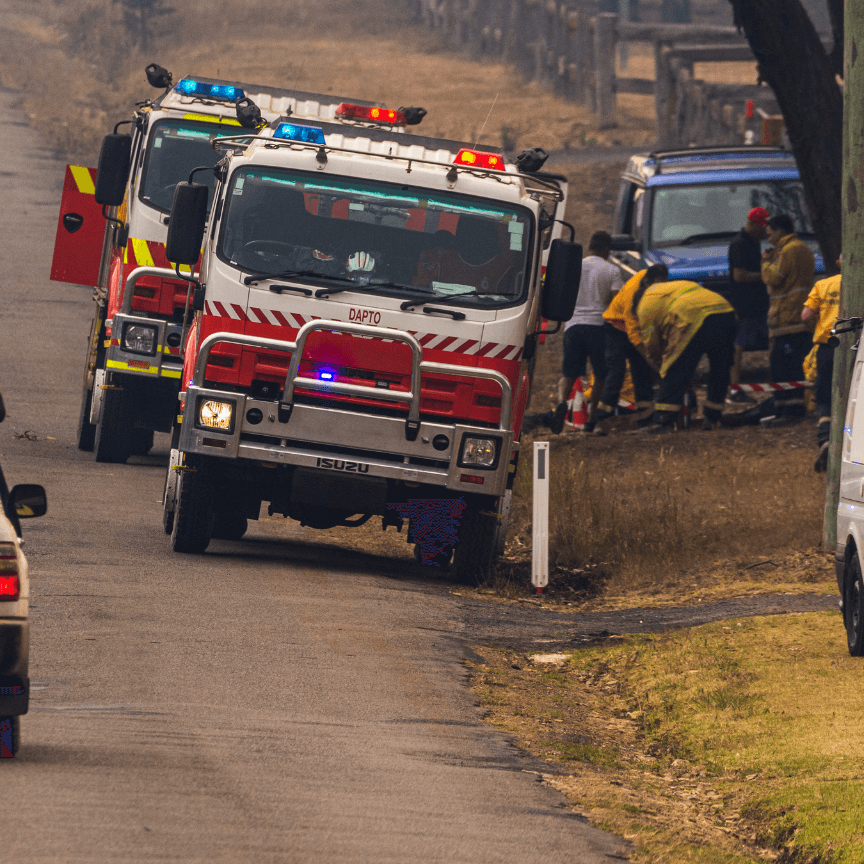

1
Risk to the responder
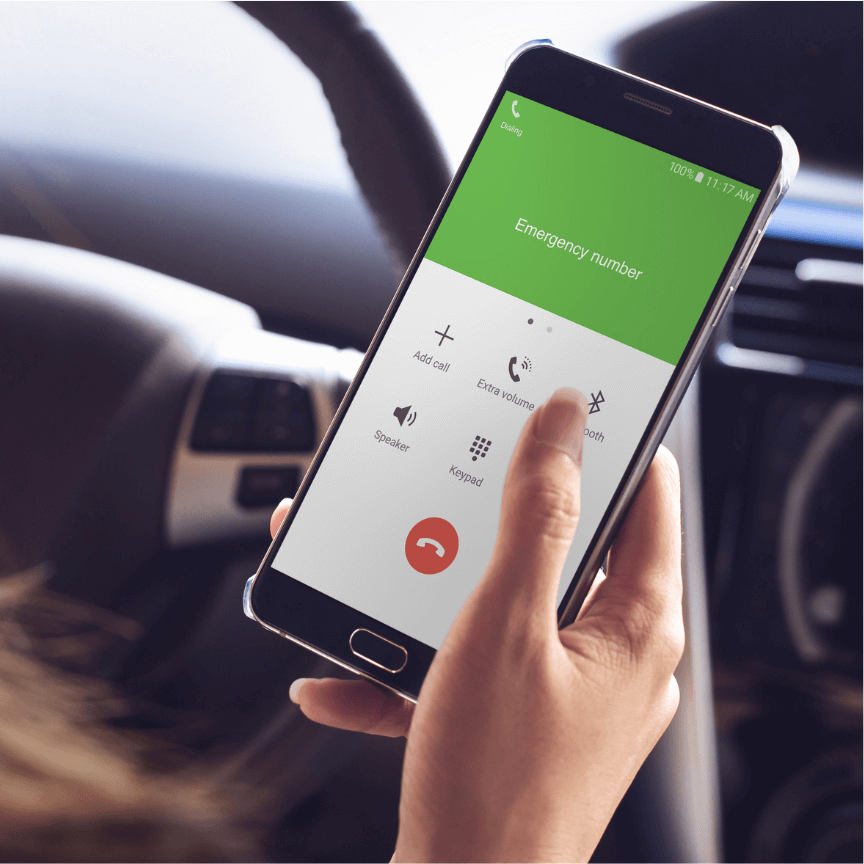

2
risk to the patient
What is step potential?
Step potential is the voltage difference between the two points of contact (your feet) and an energised surface.
If an energised powerline has fallen, the electric current will always flow to the ground. The electricity will then spread outward in concentric circles from the point of contact, like ripples in a pond. The voltage will be highest where the electricity first touches the ground and will decrease as the electricity travels outward.
If you take a step and find one foot in an area with a higher voltage than the other, the electricity will use your legs as a path to equalise it. An electric current will flow whenever there's a voltage difference between one point and another, and its flow of electricity (the current) can cause severe injury and death.
Similarly, step potential can affect two people carrying a long conductive object, such as a metal ladder. Electricity can flow up one person's legs, through the object, and down the other person's legs, causing severe injury to both people.
Knowing what to do can save lives
- Stay at least 8 metres awayStay at least 8 metres away from any fallen powerlines.
- Call your communications centreCall your communications centre and advise that electricity is involved – they will contact the local electricity distributor.
- Advise passengers to remain inside the vehicleAdvise passengers to remain inside the vehicle. They should not attempt to exit the vehicle until electricity has been switched off.
- Create an exclusion zoneCreate an exclusion zone of at least 8 metres around the site and keep bystanders away.
- Wait for the all clearThe electricity distributor will attend, isolate the power and confirm the site is safe for you to approach the incident.
What if the situation becomes life-threatening?
Only if passengers are in life-threatening danger should you consider instructing them to exit the vehicle. Should the danger become life threatening, remember the following when guiding passengers to safety:
- Remind passengers to touch as little as possible when exiting the vehicle. The car provides protection, so as passengers exit, they need to be extremely careful.
- Instruct passengers to take a small and stable jump from the vehicle, landing with both feet firmly planted on the ground, together, and at the same time.
- Instruct them to not close the door after exiting, and to not open doors for other passengers. They should not return to the vehicle after they have exited.
- Passengers should slowly shuffle 8 metres away without moving their feet more than a few inches at a time to minimise the risks of step potential. It is crucial both feet always remain in contact with the ground when shuffling; they should never walk or run from the situation.
- Avoid water on the ground, which could be energised.
Look out for electrical assets
Some electrical assets are more obvious than others. The presence of live electricity should be assessed before moving in to respond. Look out for fallen powerlines, kiosks or pillar boxes that could be connected to the electricity network.
If you suspect electricity is involved, call your communications centre - the electricity distributor will be dispatched immediately to shut off the power.
